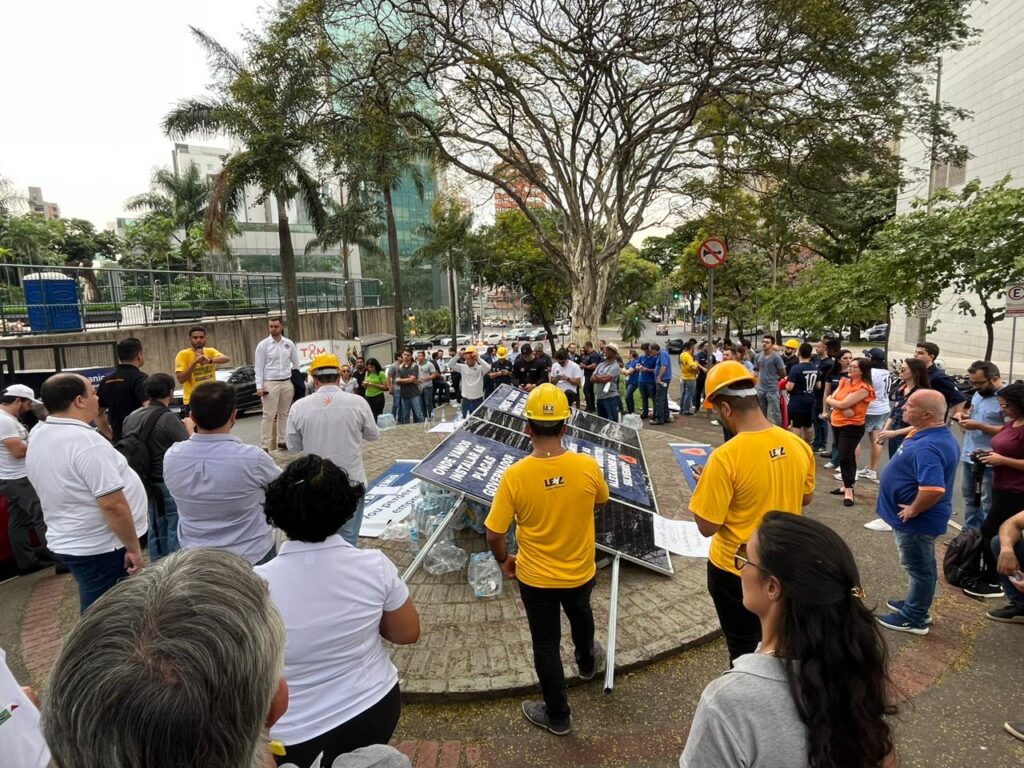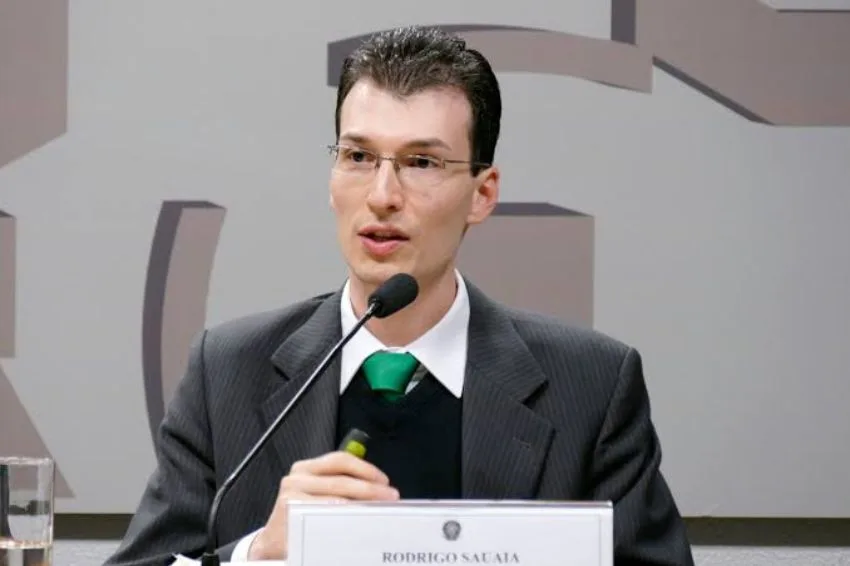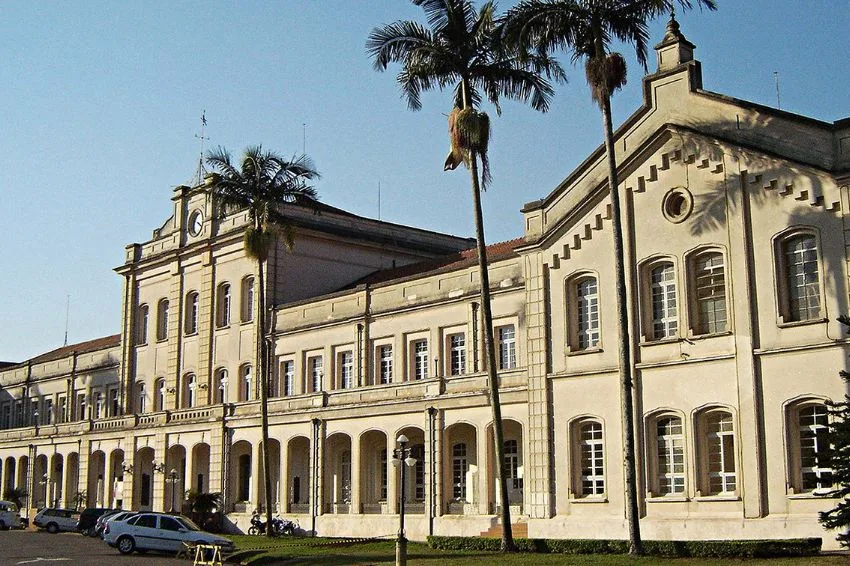Article published in the 20th edition of Canal Solar Magazine
Throughout 2023, there were numerous events in the solar sector, especially in the DG (distributed generation) segment. In the first days of January, we passed the milestone established by Law 14,300 as the date for the end of granting rights to new connections as GD I and, consequently, the beginning of the classification of new connection requests into GD II and GD III.
In a simplified way, the compensable tariff (portion of the total electricity tariff that can be counted as energy credit) would not consider certain components of the total tariff.
According to Marco Conte, Market Intelligence consultant at Greener, the TUSD (tariff for use of the distribution system) Fio B, which remunerates the local concessionaire for the network infrastructure, became much better known in the market due to this change in compensation rules .
“There was great uncertainty in the following months about the future of GD, which resulted in a direct impact on sales in the first half of 2023. The result was a drop in the total number of sales of around 60% compared to the same period of the previous year, as indicated in the most recent edition of Greener Strategic Distributed Generation Study, published in September”, he pointed out.
In addition to this factor, professionals had difficulties in financing photovoltaic projects, due to high interest rates and the complexity of the credit approval process.
Not to mention the issue of flow reversal, which also caused fear in the market, as distributors, mainly in states such as São Paulo and Minas Gerais, began to issue connection budgets with the imposition of energy injection limitations.
On the other hand, the payback time for photovoltaic projects fell after Law 14,300, as well as the costs of the systems, which presented, in the 1st half of 2023, a reduction of 17% in June compared to January.
To give you an idea, the average price for the installation of residential plants reached, in the third quarter, R$/Wp 3.17 – the lowest index since the beginning of the Solfácil Radar, in 2022.
The year 2023 for the photovoltaic market was, without a doubt, challenging. Check out, below, a selection made by Canal Solar with the facts and events that marked the segment in the country.
Macroeconomic conditions
The Brazilian macroeconomic scenario, in general, presented additional obstacles. The economy's basic interest rate (Selic rate) has been fixed since August 2022 and throughout the first half of 2023 at 13.75% pa
In August 2023, the country had a reduction of 0.5 pp, the first reduction since 2020, and two more later, meaning that, at the date of writing this text (01/12), it is fixed at 12.25% per year
“High interest rates mean a higher cost of money, that is, the cost of financing to purchase a photovoltaic system is higher,” explained Conte.
Luiz Scagnolato, CEO of TenBrasil, added that the year began with this political uncertainty, caused by the issue of reducing purchases from the industries that were going to invest in larger projects and put a brake on contributions, often due to high interest rates. – a situation that has been occurring since 2022.
“After the Americanas default, the issue of the spread that banks charged on loan transactions also ended up getting a little worse, as well as a significant reduction in customer approval for financing. Such factors were one of the biggest impacts at the beginning of the year”, he highlighted.
In addition to the higher cost of capital, a scenario of high defaults in 2023 is aligned. According to a survey by Serasa, the total number of Brazilians defaulting in October was close to 72 million people, this being the highest number ever released by the company.
In the view of Greener's consultant, this effect of high interest rates and high default rates represent significant risks to financial institutions that offer loans and financing. “The consequence of this is an increase in evaluation criteria and greater rigor in the analysis by these institutions so that credit can be approved for these end consumers”.
Despite this scenario, Greener's strategic DG study indicated that the prices of photovoltaic systems are at the lowest value in the entire mapped historical series.
“A typical 4 kWp residential system, at the start of Greener's mapping in June 2016, cost around R$ 35,000 (R$ 8.77/Wp) and followed a downward trend that took the price in June 2022 to, approx. , R$ 19,500 (R$4.88/Wp). In the most recent survey, referring to June 2023, a drop of almost 25% was noticed, with this system now costing around R$ 14,700 (R$ 3.68/Wp)”, explained the specialist.
However, Marco Conte pointed out that the country had a very challenging scenario for GD, from a regulatory and commercial point of view. “On the other hand, we are at the most attractive moment in recent years in relation to the cost of equipment”.
“The conclusion of all this reasoning is that if there is an improvement in the macroeconomic aspects, with the exception of certain regulatory aspects – more specifically how the compensable tariff will be calculated from 2029 or 2031, depending on when the framed connection budget request was filed in GD II – which are still open, there will be a potential unlocking of value so that financing can once again be a protagonist in the sector and, consequently, more consumers can have access to a solar photovoltaic system”, he concluded.
Flow reversal
Another factor that impacted the sector throughout the year was the issue of flow reversal in the concessionaire's network, which occurs when the amount of electrical energy injected, coming from distributed generation, is greater than the demand of consumers connected to that same network, which may cause the network's operational limits to be exceeded.
This year, distributors located in São Paulo and Minas Gerais began to issue connection budgets with the imposition of energy injection limitations, under the allegation that this practice would be necessary to overcome the problems that can be caused by the inversion of power flow. .
In almost the entire state of MG, for example, several integrators had requests for their customers' photovoltaic projects suspended for an indefinite period by Cemig (Companhia Energética de Minas Gerais) under the allegation that there was “network saturation”.
The complaint that Cemig is engaging in unfair competition with projects in the solar energy sector was the main topic of the public hearing of the Mines and Energy Commission of the Legislative Assembly of Minas Gerais, which took place in August.
In September, the integrators met in front of the Company's headquarters, in Belo Horizonte (MG), to demonstrate against the difficulties they were facing when trying to connect the plants to consumer units served by the concessionaire.

Given this scenario, the governor of Minas Gerais, Romeu Zema (Novo), committed to investigating alleged cases of unfair competition and possible obstacles imposed by Cemig for energy microgeneration projects.
The promise was made during an executive meeting, which took place in October, with representatives from INEL (National Institute of Clean Energy) and MSL (Movimento Solar Livre). The two associations delivered to the governor three technical documents that point out the need to monitor administrative acts in DG (distributed generation) processes.
Cemig took almost a month, but finally responded to the document sent on October 18th, which sought a solution to end the rejections of photovoltaic projects in the state.
However, despite appeals from the sector, the distributor denied any possibility of an agreement and the rejections of the projects are still based on flow reversal and “nighttime” injection.
Throughout the state, there were reports of integrators with projects of less than 5 kWp being rejected by the concessionaire – which will continue to adhere to Article 73 of Resolution 1,059 of ANEEL (National Electric Energy Agency), which, in February this year, regulated Law 14,300 in Brazil.
“The only viable option with the lowest overall cost is the injection at a pre-established time. Therefore, the injection of power from its microgeneration into the electrical system must be restricted to the hours of 7:00 pm to 5:00 am (every day)”, stated Cemig.

Price instability in photovoltaic equipment
In addition to the flow reversal, price instability in China greatly affected the market. This factor caused sharp losses for all importing distributors that had stock.
“Prices fell very quickly in the country, meaning that the equipment was not sold at the same speed as it was arriving from China. Consequently, distributors had to sell products with a negative margin”, commented the CEO of TenBrasil.
“Furthermore, we have had a significant increase in cargo theft, which is causing many problems with the issue of goods flow, as the carriers themselves no longer want to transport the modules. Firstly because the damage is very large due to the issue of road infrastructure and delivery location. Secondly, due to the issue of cargo theft itself, whether closed containers or fractional cargo”, he explained.
For Mário Viana, commercial and marketing director at Sou Energy, the year 2023 was also very challenging for the solar energy market in Brazil. “Almost all integrators reported significant drops in sales. As a result, distributors also suffered in a cascading effect. The pain for the biggest distributors was enormous, as they started the year very stocked up.”
“Purchase values, negotiated at the end of 2022, fell throughout 2023 due to various variables in the Chinese market. These drops reached more than 40% and this caused the distributors' assets in stock to melt, who began to sell their generators below cost in order to manage their stocks”, he stated.
According to him, some distributors this year lost all the profit made in the last two years. “It was necessary to use a lot of financial engineering to handle the situation. Only the most solid and organized distributors will be able to end the year with an appetite to make new investments for 2024.”
“Despite such a difficult year, here at Sou Energy we managed to make new investments in our manufacturing operation and open our own structures factory, showing the market our long-term commitment to this segment”, he emphasized.
According to Viana, in the second half of the year the sector began to react and this moved the stock of products in the country, allowing new purchases and applications and average acquisition costs.
“The low cost of equipment has made several projects in GD II viable, heating up the minigeneration market, as CAPEX per installed watt is the lowest in history”, he indicated.
Solar energy in Minha Casa Minha Vida
An issue that marked 2023 and that we also cannot leave aside is the MCMV (Minha Casa Minha Vida) program, which became law and will have solar energy without the purchase of surplus.
Law 14,620/2023, which provides for the resumption of the program, was sanctioned in July by President Luiz Inácio Lula da Silva (PT) and published in the DOU (Official Gazette of the Union).
The rule allowed surplus energy generated in MCMV homes to be sold with public agencies – as long as the resident is a beneficiary of some social or housing program at the federal, state or municipal levels.
What was left out was the rule that forced distributors to purchase surplus energy generated from the solar panels of Minha Casa Minha Vida condominium owners.
INEL (National Institute of Clean and Sustainable Energy) celebrated the presidential sanction of solar energy in the MCMV, mainly the discount of 50% in relation to the minimum billable amount for beneficiaries who are in CadÚnico and are part of the compensation system.
This will open, in the understanding of Tássio Barboza, deputy secretary of Solar Energy at INEL and master in solar energy, new horizons so that the poorest can enjoy photovoltaic energy on their roofs.
Outlook for 2024
Regarding the prospects for 2024, Mário Viana is optimistic, as there is a tendency for the basic interest rate to fall. “The scare of the change of government has passed and banks are starting to give credit to the end consumer again. I think 2024 will be the best year for solar in Brazil, as the market is more professionalized and leaner now”, he highlighted.
“Interest rates are expected to fall. The Copom has already been lowering interest rates little by little. In this case, we have to analyze the issue of public debt very carefully, because it could mean that the Central Bank does not cut interest rates at the speed we need for the retail market to become large again”, added Luiz Scagnolato.
“However, we have good expectations for next year with many investment plants being built. There are still many projects that people are racing against time because of the approval date itself, CUSD contracts (Contract for the Use of the Distribution System) already signed. So, we see that until mid-2024 there will still be projects in GD 1 that will fuel this sales volume”, he highlighted.
Want to know more? Read the full article clicking here to download the 20th edition of Canal Solar Magazine for free.
















